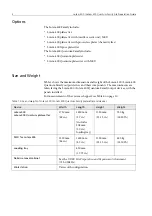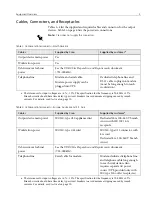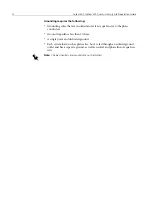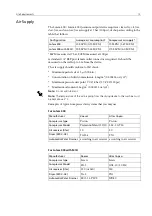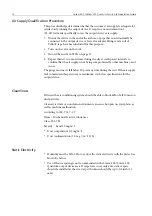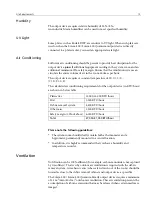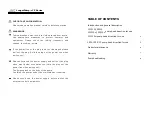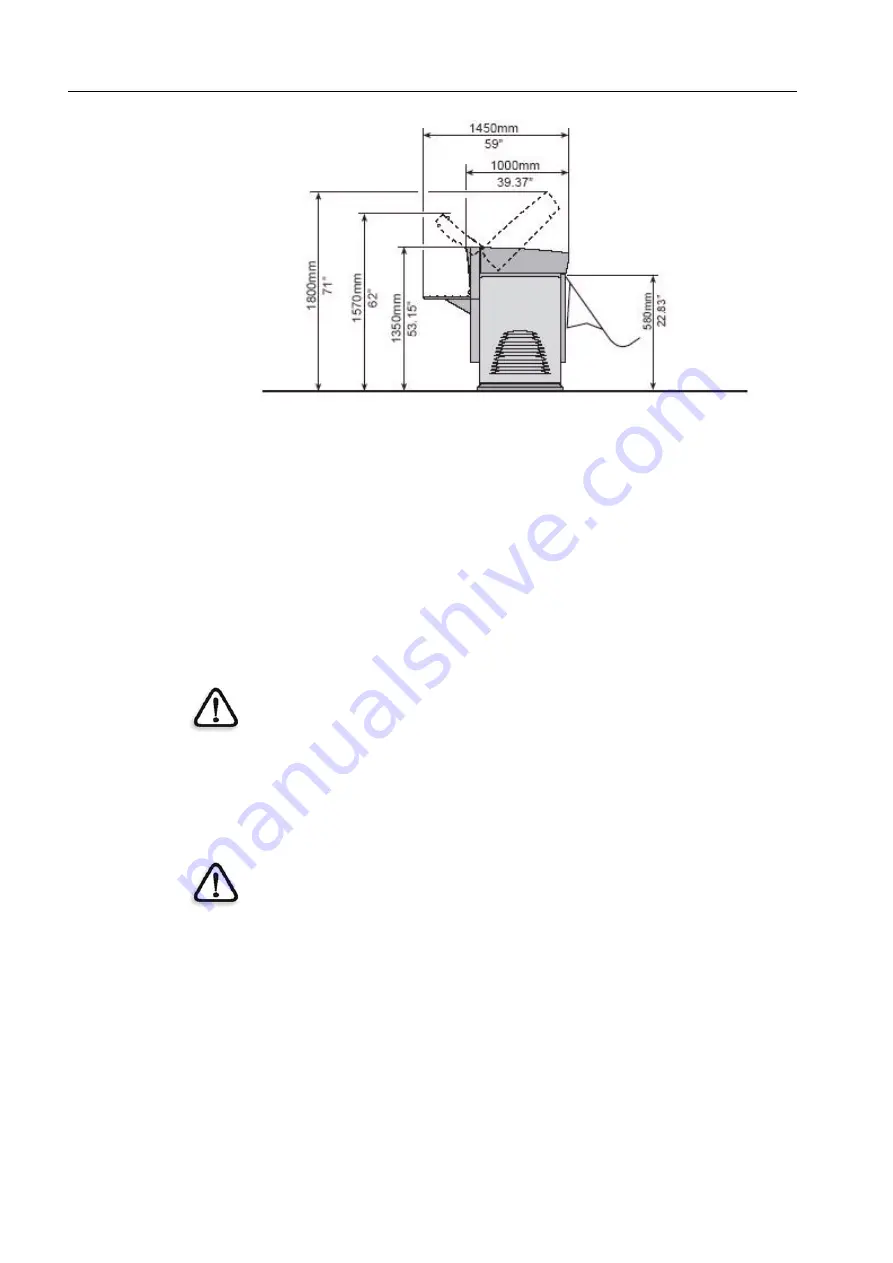
8
Lotem 400 / Lotem 400 Quantum Family Site Preparation Guide
Figure 2: Footprint of Lotem 400/Lotem 400 Quantum platesetter
Provide an area close to the device for storing media (for immediate use), disks,
paperwork, and so on.
Debris Removal Cabinet
Certain printing media (plates or film) may release airborne emissions during the
imaging process. Creo output devices are supplied with—or may be able to be
upgraded to—a debris removal system containing a collection nozzle located on
the head and a filtration unit, such as the Universal Debris Removal Cabinet
(UDRC).
The debris removal system is designed to extract and filter the airborne emissions,
thus contributing to a healthier working environment, consistent image quality,
and general reliability and cleanliness of the imaging device. Some types of media
typically release both particulate and gaseous emissions. Other types of media,
under certain imaging conditions, may release largely particulate emissions.
The UDRC configuration may include various filter options tailored to suit specific
qualified media types. The configuration for a particular customer site is typically
specified in a Creo proposal, sales agreement, order form, product specification, or
equivalent document.
The cabinet must be located within the cable and hose limitations.
For more information on the debris removal cabinet, please see the
UDRC Site
Preparation and Requirements
document (725-00089A).
WARNING:
Emissions, either particulate or gaseous, that are not properly filtered can
endanger your health. For a list of airborne emissions that pertain to the media you are
using, see the media MSDS or contact the media manufacturer or distributor directly.
WARNING:
Filtration of airborne emissions is not 100% efficient and must be
complemented by adequate outdoor air room ventilation. Failure to ensure adequate
ventilation may result in exposure to airborne emissions in excess of applicable regulatory
limits and in possible discomfort, illness, injury, and/or disability.








